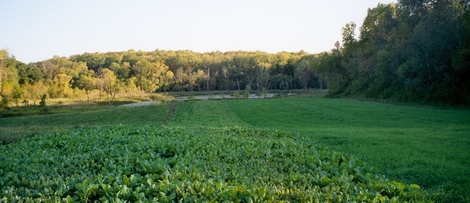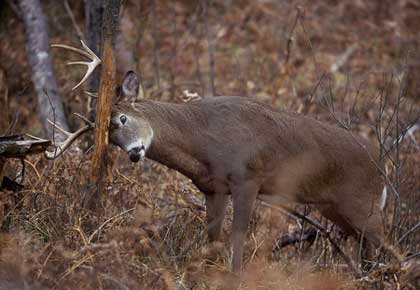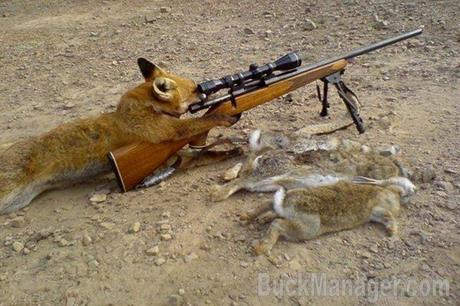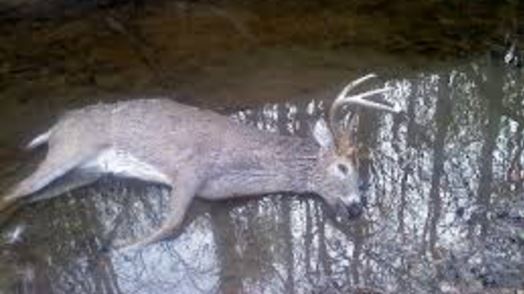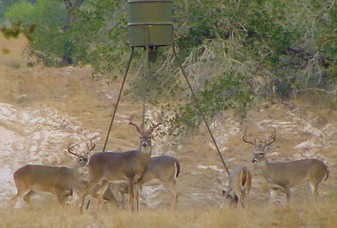
White-tailed deer habitat consists or food, water, shelter, and also space. Thus, food plots and supplemental feeding only impact the nutritional carrying capacity of a particular piece of property, not the total or actual carrying capacity. Assuming there are both adequate water and cover, supplemental feeding can greatly increase the number of the local deer population. Supplemental feeding has become commonplace in deer management programs across the country, but is it healthy?
One thing to keep in mind is the amount of space and and habitat per deer decreases as the population size increases! More deer in an area means less area for each individual deer. This may not be a problem if the number of deer is below the carrying capacity of the area, but this rarely seems to be the case with white-tailed deer.
One of the arguments used by those in support of supplemental feeding is that it not only enhances the nutrition and resulting health of the deer, but that it could possibly take pressure off of the natural vegetation by decreasing deer browsing. Unfortunately, there is little data to support this and plenty of data to refute it. Continue reading “Ecological Impacts of Supplemental Feeding of Deer”
